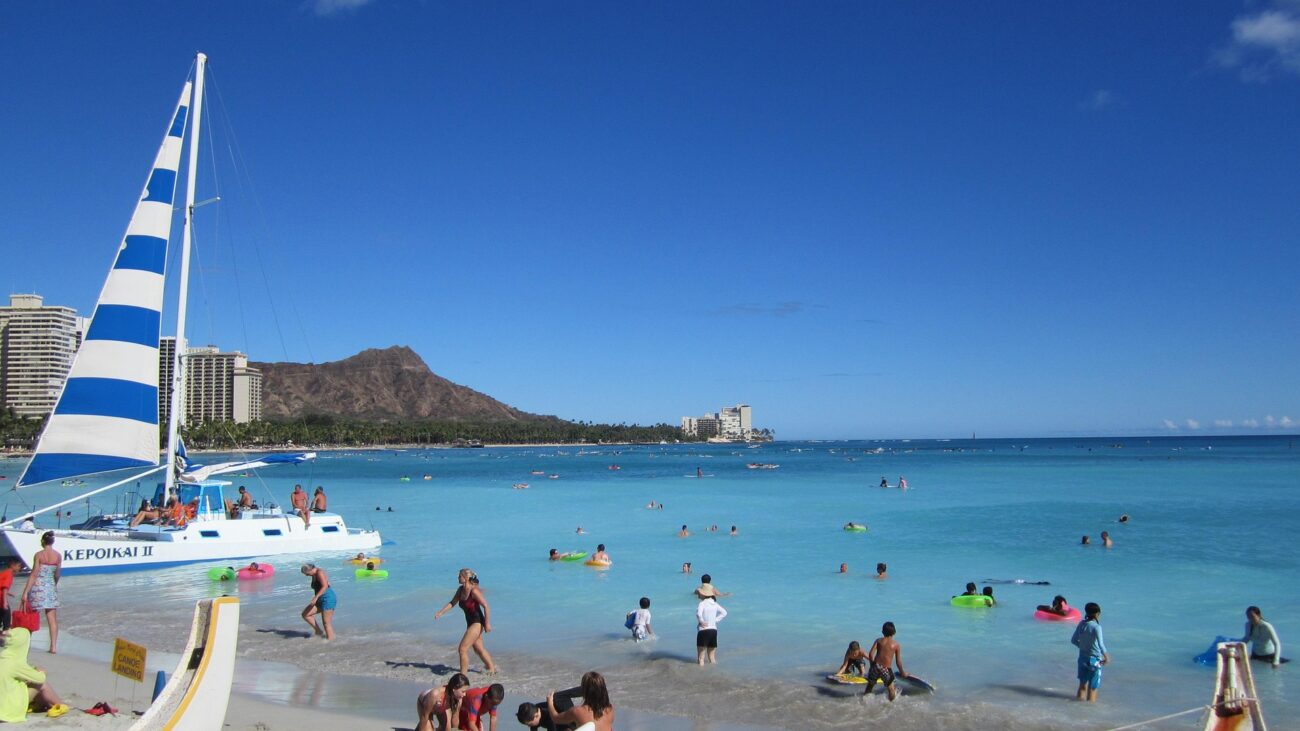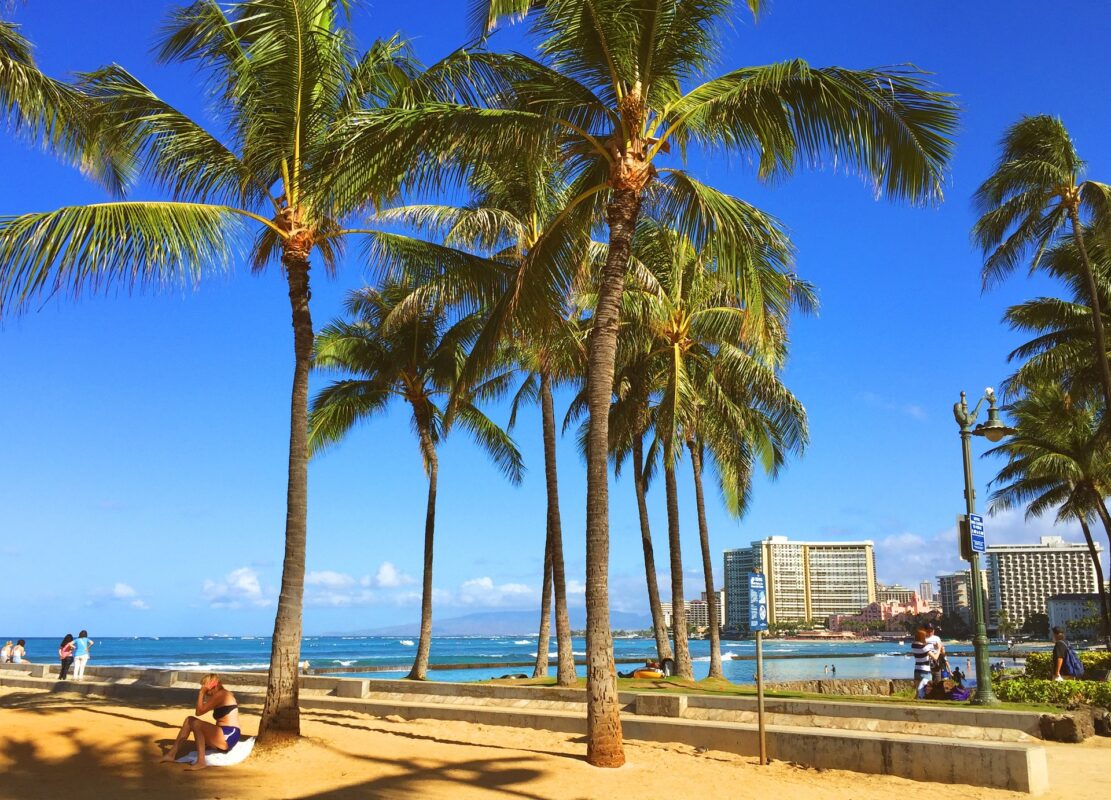
Blog
Hawaii to Increase Accommodation Tax in 2026 for Climate Action

The state of Hawaii has passed legislation to increase its hotel tax starting January 1, 2026, specifically to fund climate change initiatives. Governor Josh Green signed the bill into law on May 27, 2024, marking the first time any U.S. state has raised an accommodation tax solely for climate-related purposes.
The current hotel tax rate in Hawaii is 10.25%, but under the new law, it will increase to 11%. How much additional revenue will this generate under this? Though a modest increase at first glance, this adjustment is expected to generate an additional $100 million annually, which will be invested in measures such as wildfire prevention, drought response, and coastal protection. These issues have become more severe in recent years, particularly after the devastating wildfires on Maui in 2023, which highlighted Hawaii’s growing climate vulnerabilities.

What’s Changing?
Hawaii’s current hotel tax is 10.25%. Starting January 1, 2026, it will go up to 11%. That might not sound like a big jump, but it’s expected to bring in an extra $100 million a year — money that will go straight into fighting climate change. Think wildfire prevention, drought response, coastal protection… all the things Hawaii desperately needs right now.
Governor Josh Green, who signed the bill into law in May 2024, put it simply:
“If we don’t plan for the future, we won’t be ready for the crisis that’s already here.”
And he’s right.
Why Hawaii Is Taking the Lead
Hawaii isn’t just a pretty postcard. It’s also one of the most vulnerable places on Earth when it comes to climate change. Rising sea levels are eating away at its beaches. Coral reefs are bleaching. Droughts are more severe. And wildfires? In August 2023, Maui was devastated by one of the deadliest wildfires in U.S. history. The August 2023 Maui wildfires caused an estimated $5.5 billion in damages. That tragedy shook the islands — and reminded everyone that paradise is not immune to disaster.
So, Hawaii is doing something bold. Instead of waiting for federal funding or international promises, the state is saying: “We’ll take matters into our own hands.” And since tourism is the heart of Hawaii’s economy, it only makes sense to ask visitors to chip in.

What Will the Money Be Used For?
If you were visiting as a tourist, you’d probably want to know how this tax money is being used, right? The extra tax dollars will go toward:
- Wildfire prevention, including clearing invasive grasses that fuel fires
- Drought management, to protect freshwater resources
- Coastal restoration, like rebuilding eroding beaches and safeguarding homes
- Long-term resilience programs, helping communities adapt to rising risks
In other words, every tourist who visits contributes to preserving the very nature they came to see.

But Isn’t Hawaii Already Expensive?
Let’s be honest — Hawaii isn’t exactly a budget destination. And with other state and local taxes combined, some travelers could be looking at around 19% in taxes on their accommodation. That’s not nothing.
Critics say this could push some people to rethink their travel plans. But supporters argue: if you can afford the trip, a small extra cost that helps protect the islands is worth it. And really — isn’t that part of being a responsible traveler in 2025 and beyond?
Is This a One-Time Thing — or the Start of a Trend?
That’s the big question. Hawaii may be the first state to do this, but it might not be the last.
Other countries are already ahead of the curve. For example, New Zealand charges international visitors a $100 NZD fee (about $62 USD) starting October 2024, up from $35, to support conservation and tourism infrastructure. Bhutan, on the other hand, requires most foreign tourists to pay a $100 USD Sustainable Development Fee per night, aimed at protecting its environment and culture. Even some European cities are exploring similar eco-driven taxes.
So, Hawaii could be blazing a trail here — showing how tourism can actually support climate resilience, instead of just increasing environmental pressure.

What It Means for You, the Traveler
Let’s say you’re planning a trip to Hawaii in 2026 or later. You’ll pay a bit more in hotel taxes — maybe $15 to $30 more for a week’s stay. But that money isn’t vanishing into bureaucracy. It’s helping stop wildfires. It’s keeping beaches from disappearing. It’s giving local communities the tools they need to survive and thrive. Moreover, the economic damage was devastating—but imagine if a tax like this could raise enough funds to help prevent such disasters in the future. Wouldn’t that be worth it?
In other words, you’re not just a tourist — you’re part of the solution.

Tax for Environment
Speaking of taxes that help the environment, as of April 1, 2025, Canada has abolished the federal carbon tax on fuel for consumers. This policy was announced shortly after Mark Carney took office as Prime Minister and was approved by the Cabinet on March 14 of the same year.
With this change, the federal fuel tax on gasoline, natural gas, and other fossil fuels across Canada has been eliminated, removing the direct financial burden on consumers.
As an alternative, what’s gaining attention as a key solution? Carbon credits. Through these, we support companies that want to contribute to the environment. If you’d like to learn more or need advice or information to help push them forward, please feel free to reach out anytime!
